After Canon initially only served the full-frame market with its mirrorless R series, the portfolio is now being expanded to include two APS-C cameras, the EOS R7 and EOS R10. Like the competitor Nikon with the Z50, the two new models serve the ambitious entry-level segment.
Upscale APS-C model with stabilization
The new Canon EOS R7 settles purely in terms of technical data between its mirror brothers EOS 7D Mark II and EOS 90D. The heart of the EOS R7 is an APS-C sensor with a resolution of 32.5 megapixels. This comes from the EOS 90D and has been slightly adapted. The crop factor remains at 1.6, which is typical for Canon – it is 1.5 for Nikon. The ISO range is from 100 to 32,000 and can be expanded up to 51,200 if required.
-
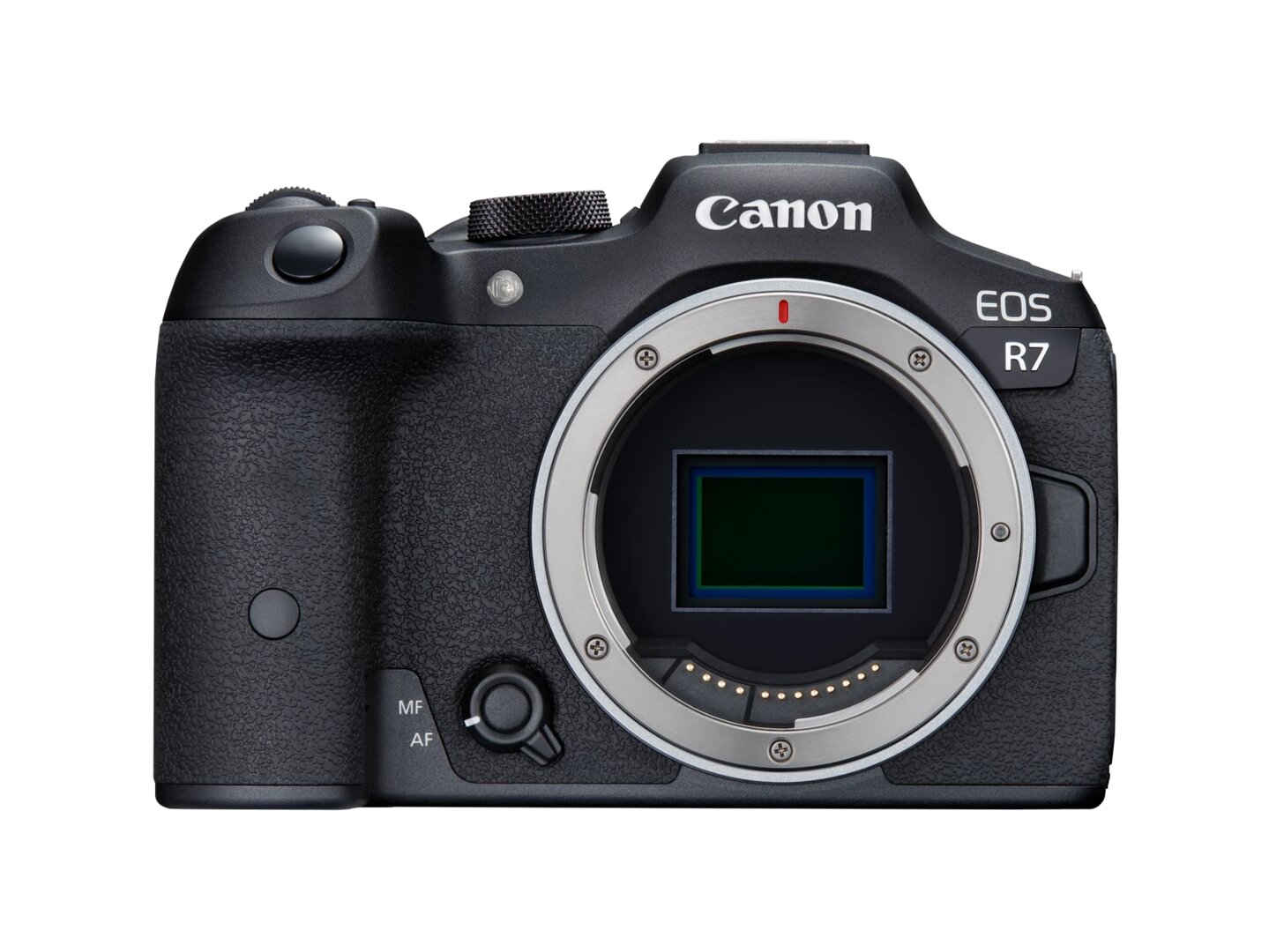 Canon EOS R7 (Image: Canon)
Canon EOS R7 (Image: Canon)
Image 1 of 4
 Canon EOS R7
Canon EOS R7 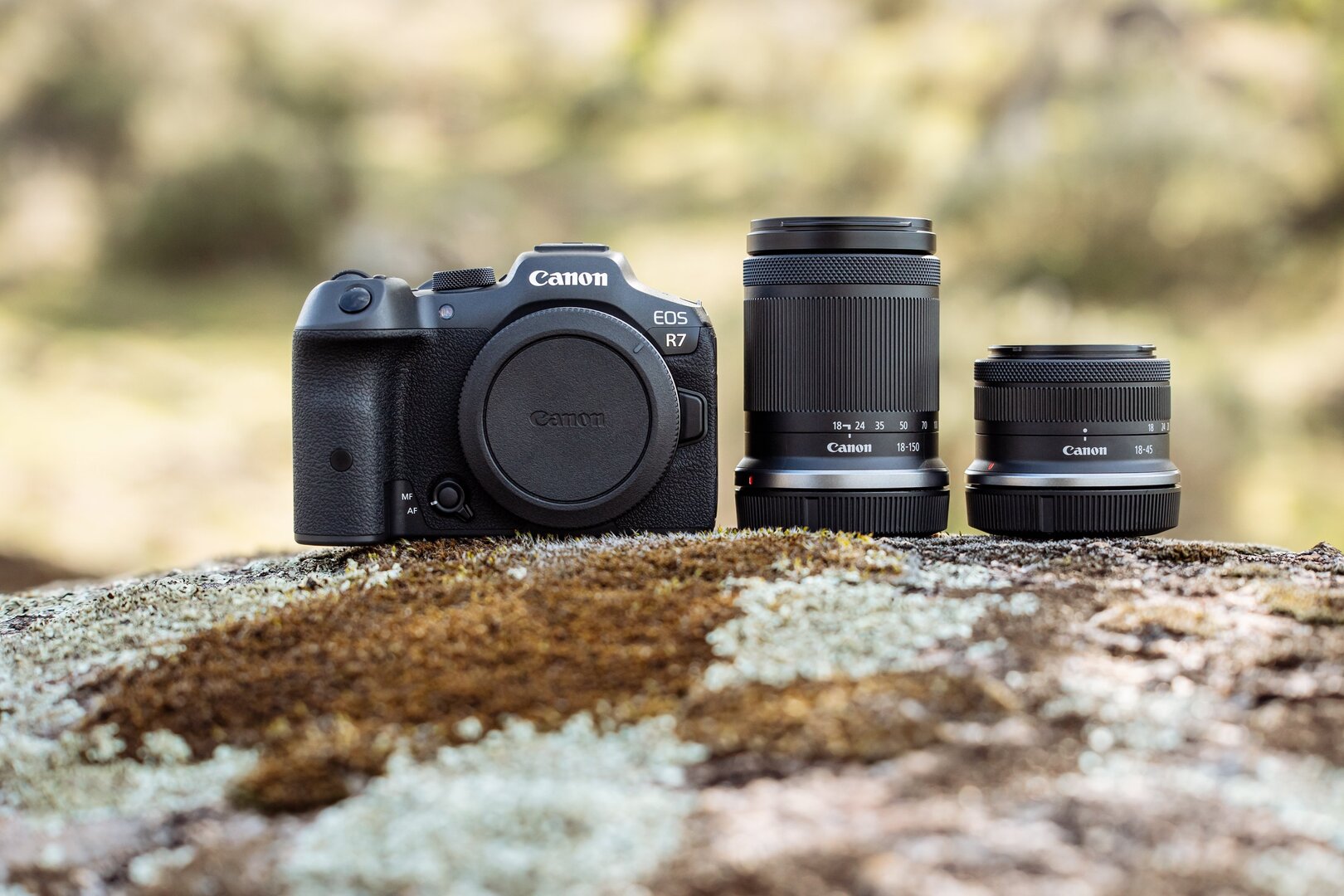 Canon EOS R7 < /figure>
Canon EOS R7 < /figure>
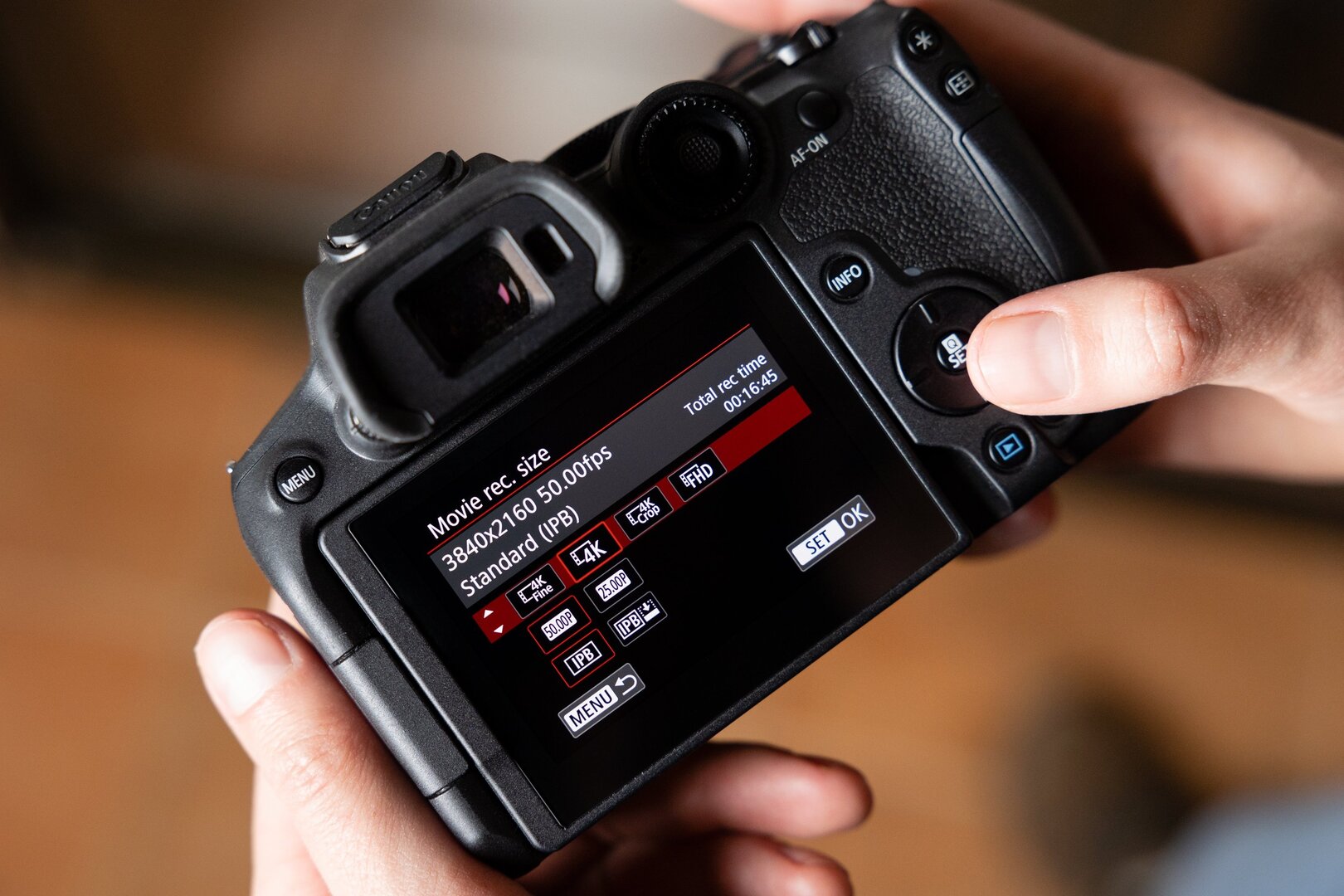 Canon EOS R7
Canon EOS R7 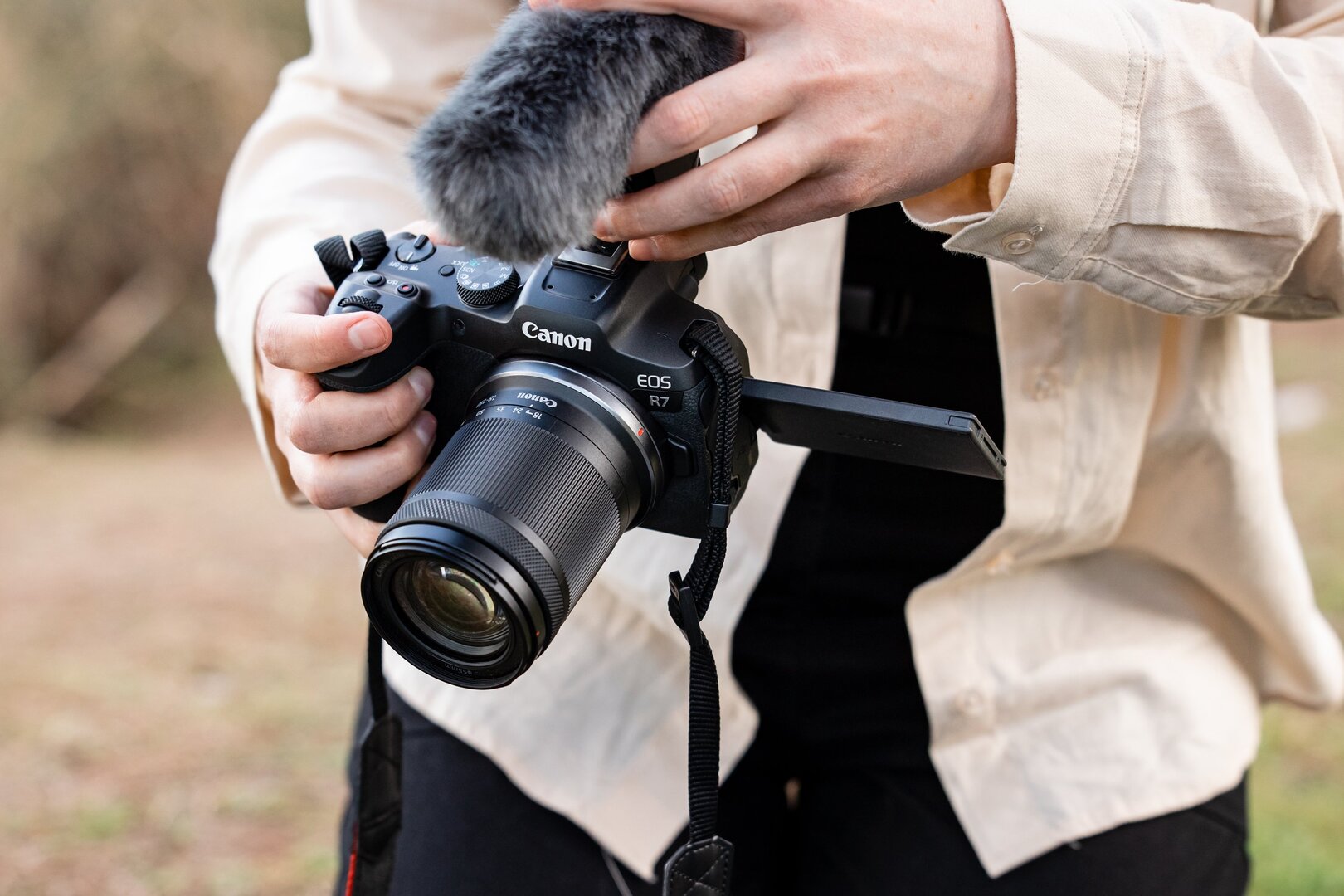 Canon EOS R7
Canon EOS R7 Continuous shooting at a maximum of 15 frames per second is possible using the mechanical shutter. With an electric shutter, continuous shooting doubles to up to 30 frames per second. An internal image stabilizer is also on board. With the new “Automatic spirit level” function, the movably mounted sensor aligns itself with the horizon, so that a straight shot is always achieved. The EOS R7 records videos at 4K60p. In addition to the usual connections, the R7 also offers a headphone output, Canon Log 3 and Cinema Gamut.
Together with the EF/RF adapter, the Canon EOS R7 should be available from June. The recommended price is around 1,500 euros. In a bundle with the also new RF-S 18-150mm F3.5-6.3 IS STM and the adapter, 1,889 euros are due.
Many similarities with the EOS R10
The new EOS R10 is the mirrorless successor to the EOS 850D. In its slimmed-down form, the body, which weighs just 429 grams, has many things in common with the EOS R7, which weighs 612 g. Both rely on the same autofocus unit with Dual Pixel CMOS AF II, which works with 651 zones and covers almost the entire sensor area. As a small highlight, both offer the deep learning AF known from the EOS R3, which recognizes vehicles, animals and people and tracks them with precise head, face and eye recognition. The ISO sensitivity is also identical.
-
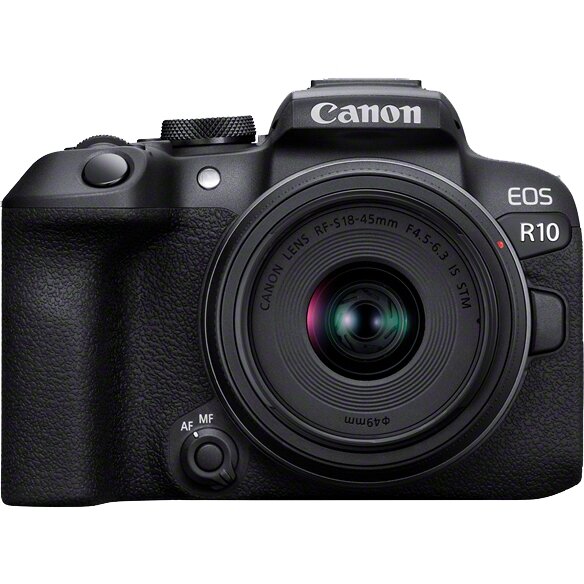 Canon EOS R10 (Image: Canon)
Canon EOS R10 (Image: Canon)
Image 1 of 5
 Canon EOS R10
Canon EOS R10 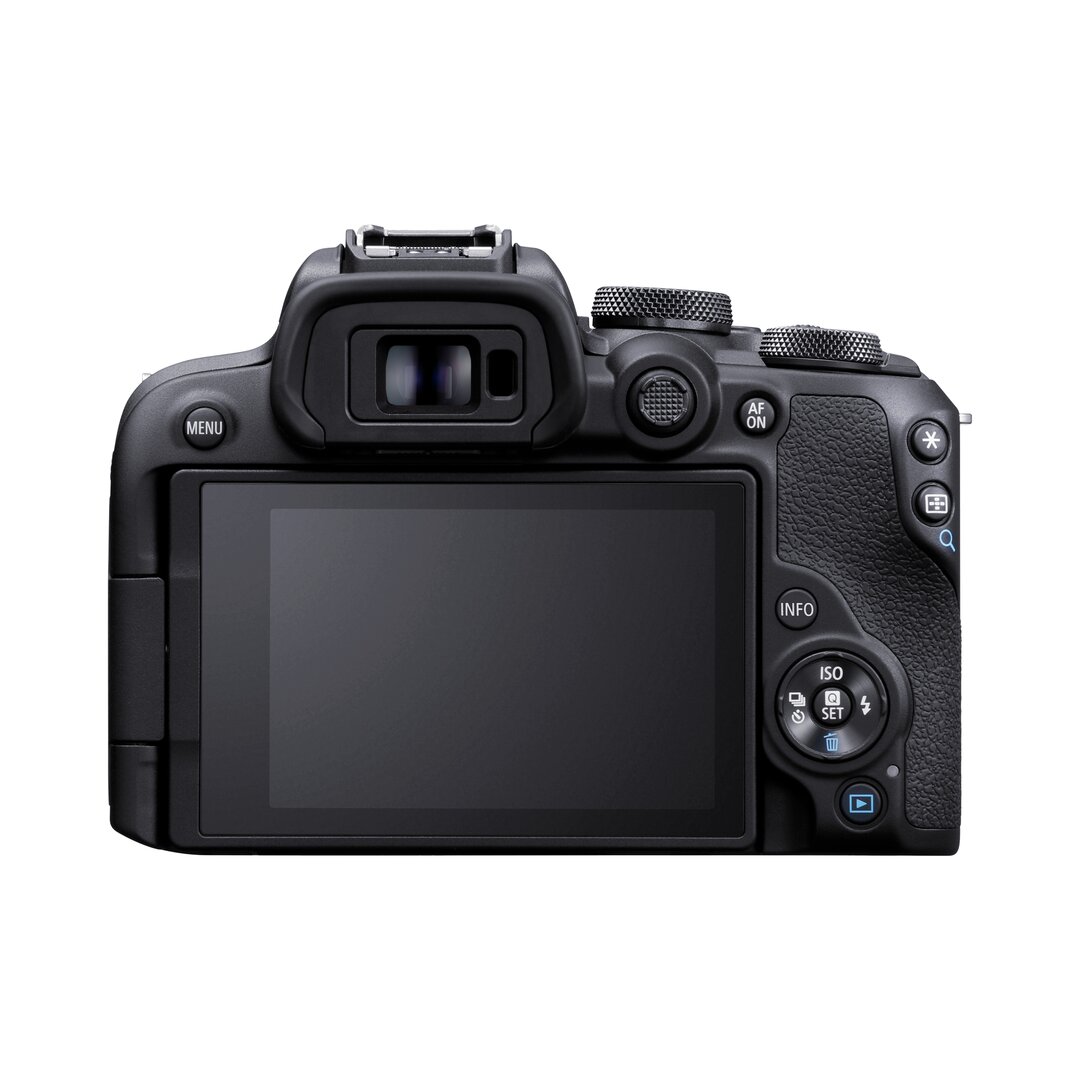 Canon EOS R10
Canon EOS R10 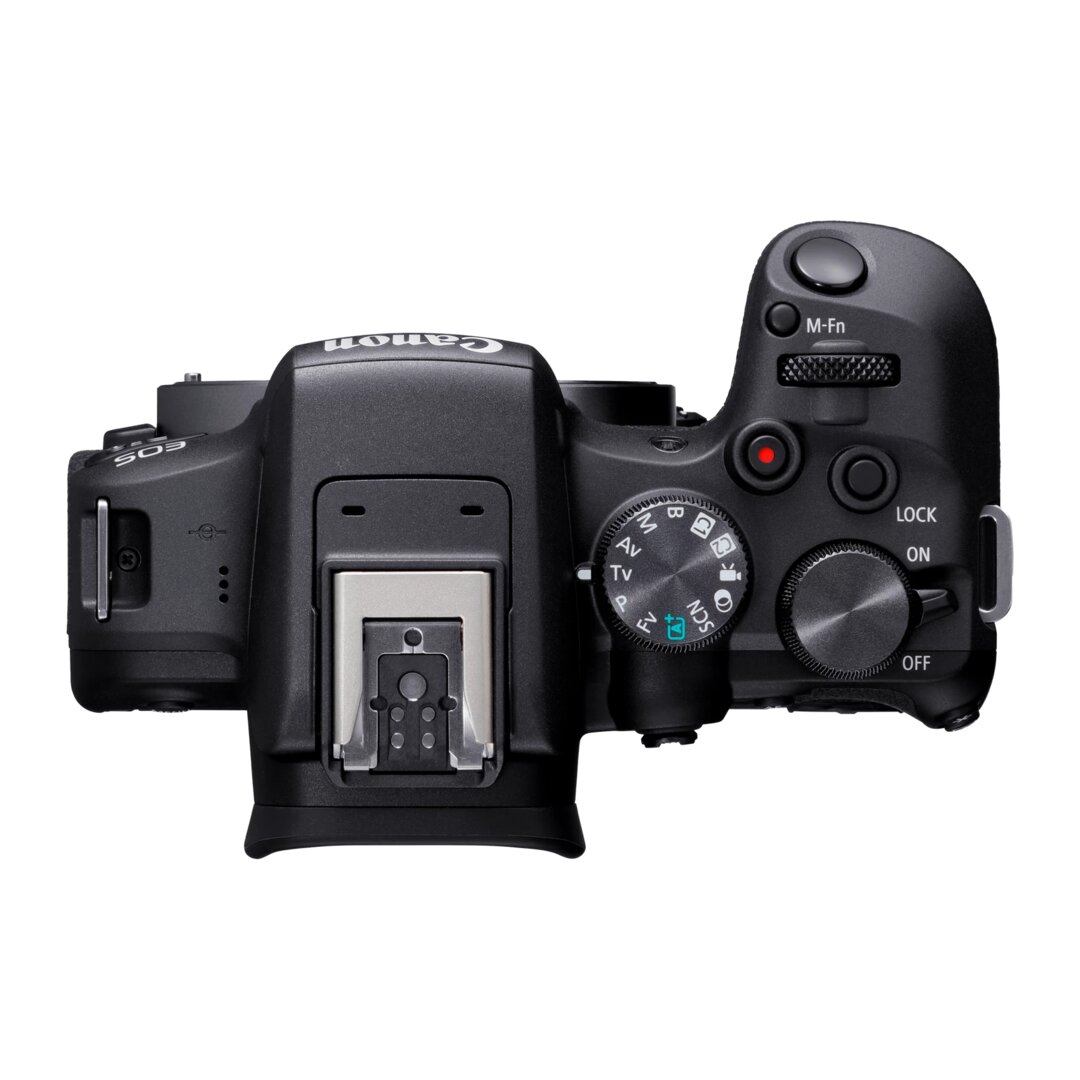 Canon EOS R10 < /figure>
Canon EOS R10 < /figure>
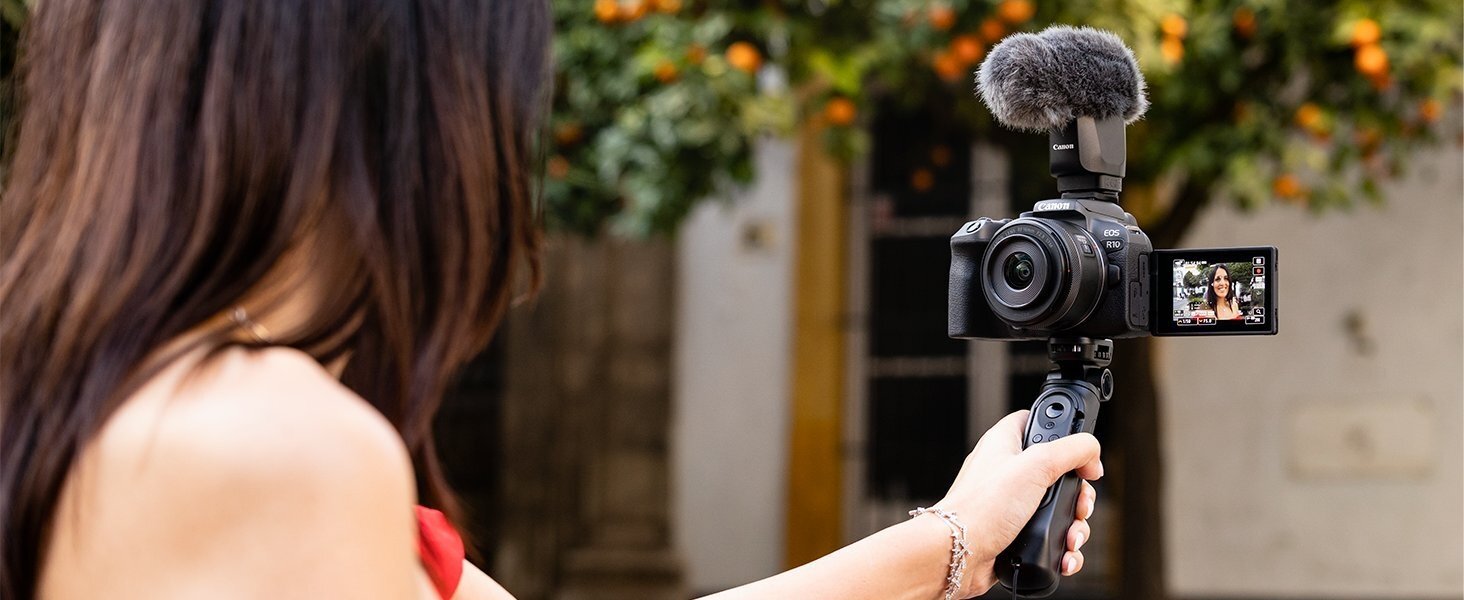 Canon EOS R10
Canon EOS R10 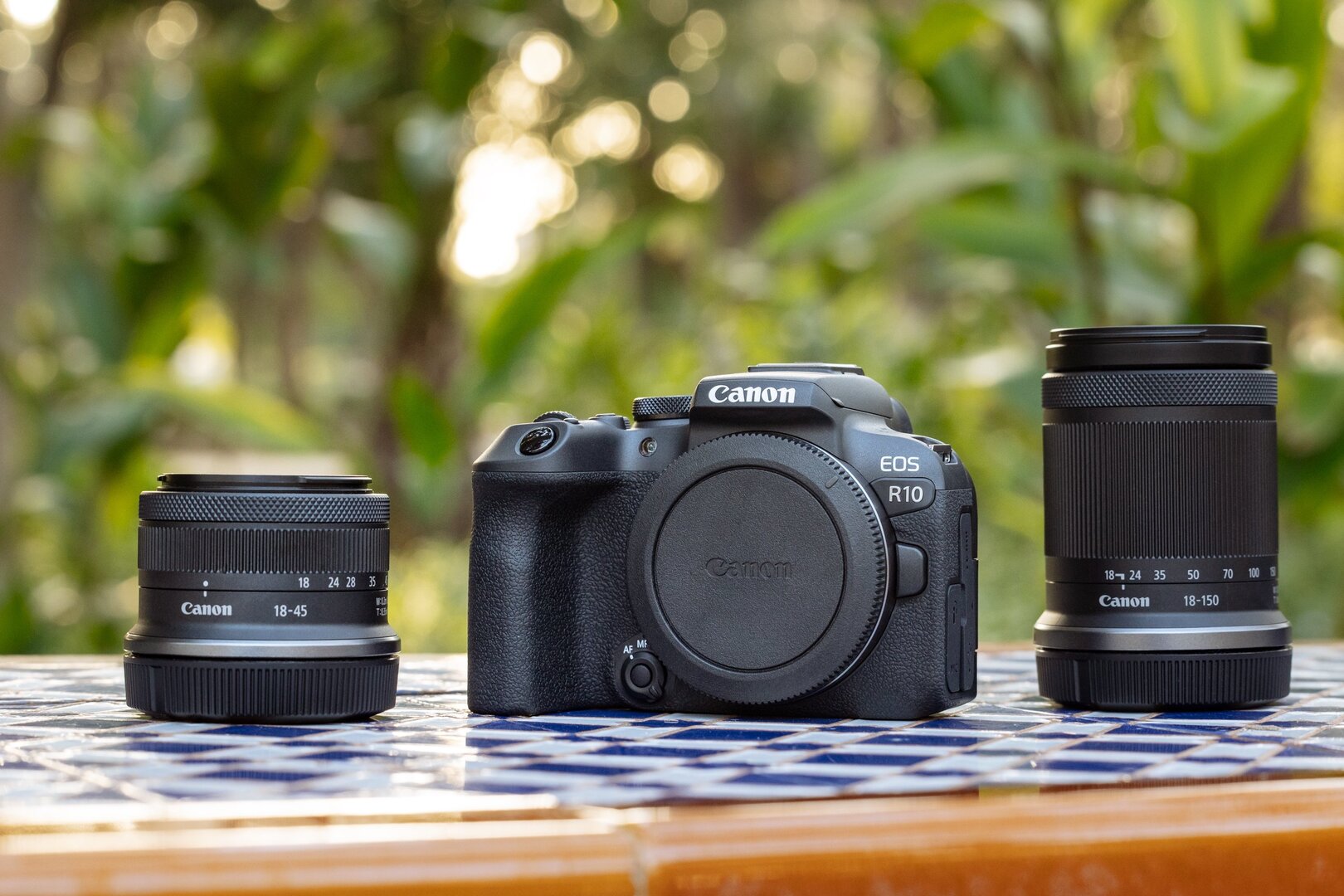 Canon EOS R10
Canon EOS R10 Both the viewfinder of the EOR 7 and the viewfinder of the EOS R10 measure 0.39 inches, use OLED technology and have a resolution of 2.36 million pixels. While the R7's viewfinder has an approx. 1.15x magnification, the R10 only has 0.95. The displays of both cameras measure almost 3 inches, can be rotated and swiveled and support touch gestures. However, the screen of the EOS R10 has a lower resolution of 1.04 compared to the R7's 1.62 million pixels.
There are further cuts in the video function. The EOS R10 only offers 4K30p here. Both have WLAN b/g/n and Bluetooth 4.2. If the EOS R10 still uses USB 2.0 Type C (probably USB 3.0 (3.1 Gen1/3.2 Gen1) Type C), the R7 uses USB 3.2 Gen 2 Type C. Canon also uses the red pencil for the shutter. With an electric shutter, the R10 only manages 23 shots per second. With the help of the mechanical shutter, it remains at 15 shots. When it comes to storage, both models rely on SD-XC memory cards. The EOS R7 takes two of these. The R10, on the other hand, only offers space for one memory card. When it comes to the sensor, Canon relies on a completely new model that has a resolution of 24.2 megapixels. However, the R10 does not have a stabilizer.
The Canon EOS R10 should be available in stores from July. Together with the EF/RF adapter, the recommended price is around 980 euros. The EOS R10 kit with RF-S 18-45mm F4.5-6.3 IS STM costs around 1,100 euros, while the bundle with the RF-S 18-150mm F3.5-6.3 IS STM costs around 1,370 euros .

